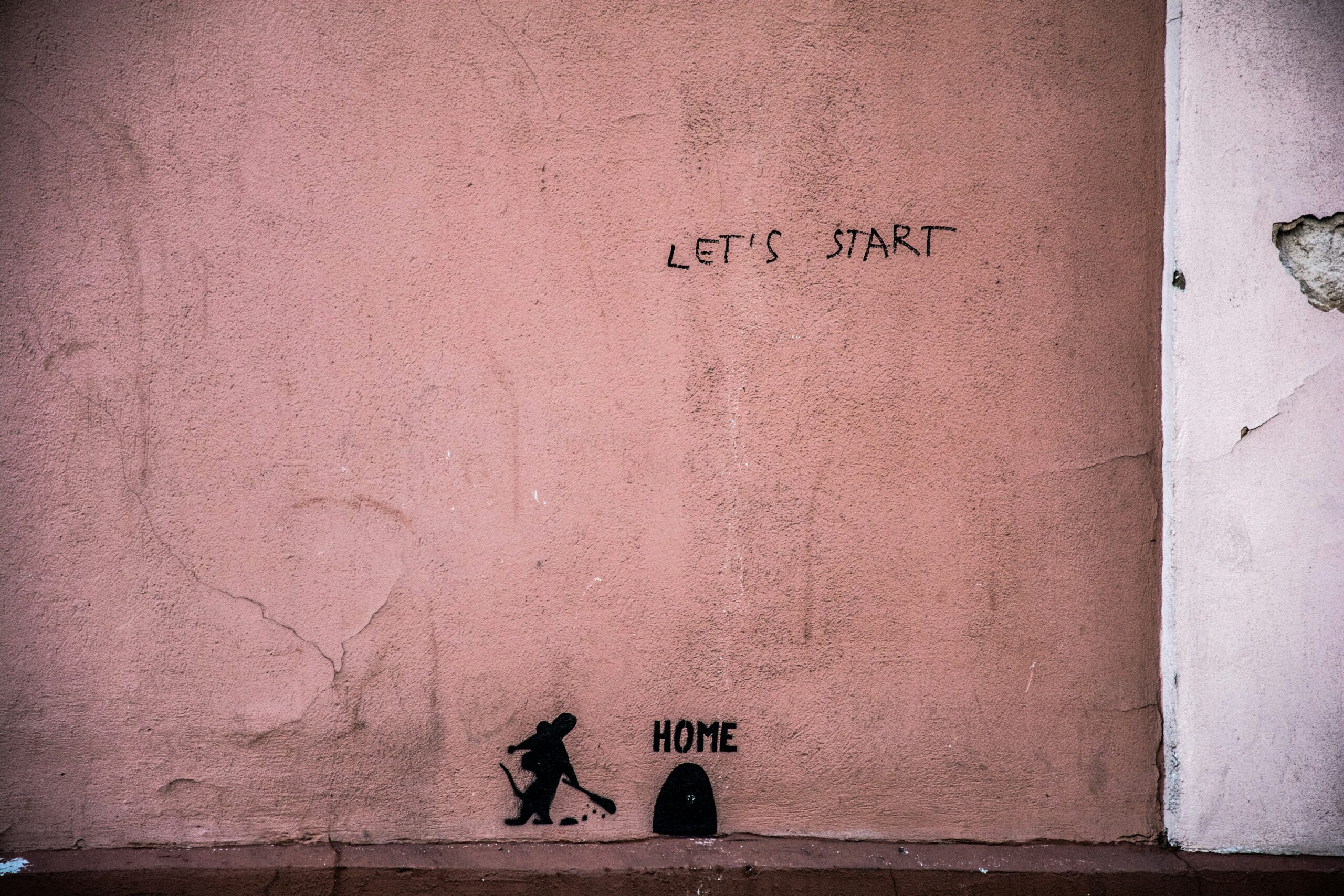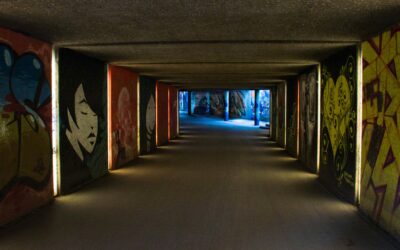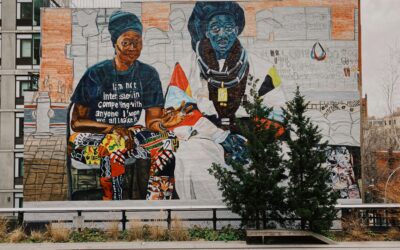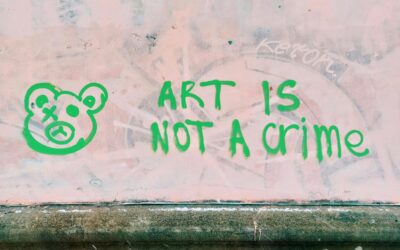When bombs fall and sirens scream, creation seems impossible. Yet, throughout history, artists have responded to war not with silence—but with an urgent need to create. In times of chaos, art becomes more than expression. It becomes resistance, remembrance, survival.
This article explores how war has shaped artistic expression across cultures and eras. From ancient carvings to modern protest murals, from battlefield sketches to refugee poetry, we’ll see how artists continue to create even when the world is breaking.
Art as Witness: Documenting the Indescribable
🖋️ History’s Visual Diary
Long before smartphones and journalism, artists were the recorders of history. During war, they captured what cameras could not—emotion, trauma, and the human cost.
Francisco Goya’s series The Disasters of War (1810–1820) depicted the brutalities of the Peninsular War between Spain and France—torture, famine, executions—with haunting honesty.
Otto Dix, a German WWI veteran, created etchings that detailed rotting corpses, ruined trenches, and maimed soldiers, stripping away the illusion of glory.
In ancient times, Assyrian stone reliefs showed military conquests with meticulous pride, immortalizing both power and violence.
These works did not romanticize war—they bore witness to its raw truth.
The Studio Becomes a Battlefield
🎨 Creating While Bombs Fall
War changes not only the subjects of art, but also the conditions of creation. Studios are destroyed, supplies scarce, and lives constantly threatened. Yet, artists continue.
During the Siege of Sarajevo (1992–1996), artists performed in ruined buildings, held underground exhibitions, and staged concerts with instruments made of debris.
In WWII, prisoners in concentration camps created secret sketches and paintings—some of which survived as evidence of horror and hope.
In modern Ukraine, artists have painted on bullet-ridden walls and created works from the wreckage of bombed buildings.
Art becomes a survival tool. A way to reclaim one’s humanity when it’s being stripped away.
Art as Protest and Resistance
🕊️ Brushes Against Bullets
In many war-torn societies, art is not only a response to conflict—it’s a weapon of resistance.
Pablo Picasso’s Guernica (1937) remains one of the most powerful anti-war artworks ever created. In response to the bombing of the Basque town during the Spanish Civil War, Picasso portrayed distorted bodies, screaming horses, and chaos. It was banned by fascist regimes, feared not for its violence—but its truth.
In Palestine, murals and graffiti on separation walls express both protest and national identity.
Iranian women have used photography and performance art to critique militarism, censorship, and gendered violence—despite facing severe punishment.
These works challenge power. They insist that even in war, the voice of the people cannot be silenced.
Art in Exile: The Refugee Creator
✈️ Carrying Culture Across Borders
War often displaces artists—forcing them to flee their homes, abandon studios, and leave behind materials and memories. But exile does not silence creativity; it reshapes it.
Writers and visual artists from Syria, Iraq, and Afghanistan have continued to create in refugee camps across Europe and the Middle East. Their work often blends longing, memory, and cultural preservation.
Vietnamese boat people, scattered across continents after the Vietnam War, produced art that documented their perilous journeys and rebuilt national identity abroad.
Exiled Tibetan monks have kept mandala painting and sacred rituals alive across diaspora communities.
Through art, refugees assert: we may be scattered, but we are not erased.
The Psychology of Making During War
🧠 Why Do People Create Amid Chaos?
Psychologists and historians suggest several reasons:
Control: When everything feels uncertain, art gives structure.
Memory: Making art helps preserve what may be lost.
Healing: Expression can relieve trauma and grief.
Connection: Art unites people, even in crisis.
In refugee camps and occupied zones, community art projects offer moments of joy. Murals, music, and theater foster solidarity where despair dominates.
Artifacts of Resilience
Some of the most powerful wartime artworks are not made by professionals—but by ordinary people responding to extraordinary times.
Children’s drawings recovered from the Terezín ghetto during the Holocaust show both horror and hope.
Letters and embroidery made by soldiers or families during WWI and WWII offer deeply personal glimpses into daily struggles and love.
In modern Gaza, residents have turned rubble into sculptures and painted flowers over ruins.
These artifacts may never hang in museums, but they reveal the beating heart of humanity.
Art as Memorial: Honoring the Dead
When the dust of war settles, art often becomes the means by which societies mourn, commemorate, and reflect.
🕯️ From Monuments to Murals
The Vietnam Veterans Memorial in Washington, D.C., designed by Maya Lin, uses simplicity and silence to provoke powerful emotion. Visitors see their reflections in the black granite alongside the names of the fallen.
In Rwanda, post-genocide memorials include murals and installations that encourage national healing while preserving the memory of victims.
In Japan, artists responded to Hiroshima and Nagasaki not just with images of destruction, but with poems, ceramics, and paper cranes symbolizing peace.
Memorial art serves a dual function: it acknowledges grief and offers a vision of peace.
Contemporary Voices: Creating Amid Ongoing Conflict
Even today, artists work amid war zones and authoritarian regimes, using whatever tools they have.
🎥 Digital Art and Social Media
Technology has become a new battleground for creative resistance:
Syrian artists like Tammam Azzam create digital collages combining images of war with classical art, such as a Gustav Klimt kiss imposed on bombed ruins.
Ukrainian artists use Instagram and TikTok to share paintings, performances, and photography from the frontlines—turning war into visual testimony.
Anonymous collectives in Iran, Myanmar, and Sudan use street projections and AR tools to evade censorship and share powerful messages.
The internet allows war art to travel instantly—raising awareness, funding causes, and building international solidarity.
Gender, War, and Art
While much wartime art has historically focused on male soldiers and frontlines, there is growing recognition of women’s experiences—not just as victims, but creators.
Käthe Kollwitz, a German printmaker, portrayed mothers mourning lost sons and the suffering of civilians in WWI and WWII.
Bosnian women survivors created textile art to process trauma from the 1990s war, turning pain into patterns.
Yemeni and Afghan women poets and illustrators produce deeply intimate works about loss, survival, and hope—often shared anonymously due to threats.
By centering these perspectives, wartime art becomes more inclusive and complete.
The Ethics of Display: Who Profits from Pain?
Not all art made during war is treated respectfully. Some ethical dilemmas remain:
🧐 Appropriation and Exploitation
When war art enters the market, who profits?
Should war ruins or graffiti be photographed and sold?
Are artists or communities given credit, or just used for “aesthetic impact”?
Museums and collectors face hard questions: how to preserve without exploiting, how to exhibit trauma with dignity.
Collaborative approaches—where artists, survivors, and local voices lead the curation—are increasingly seen as more ethical models.
Can Art Stop War?
This is the most debated question. The short answer: no art has ever stopped a war. But that may not be its true purpose.
🌿 The Power Lies Elsewhere
Art can change public opinion. Picasso’s Guernica helped shape international outrage.
Art can humanize the enemy. A photo, poem, or song can show that those on the “other side” are just people.
Art can preserve truth when propaganda dominates.
Art can restore dignity when violence dehumanizes.
In this way, art may not stop bullets—but it can stop forgetting.
Final Reflections: Creation as Defiance
To create art in a time of war is to say: “I am still here.”
Whether carved on prison walls, performed in ruins, or painted with charcoal on rubble, wartime art is an act of defiance. It tells the story not just of destruction, but of survival.
And in doing so, it holds a mirror to the world—asking not only what happened, but what must never happen again.




